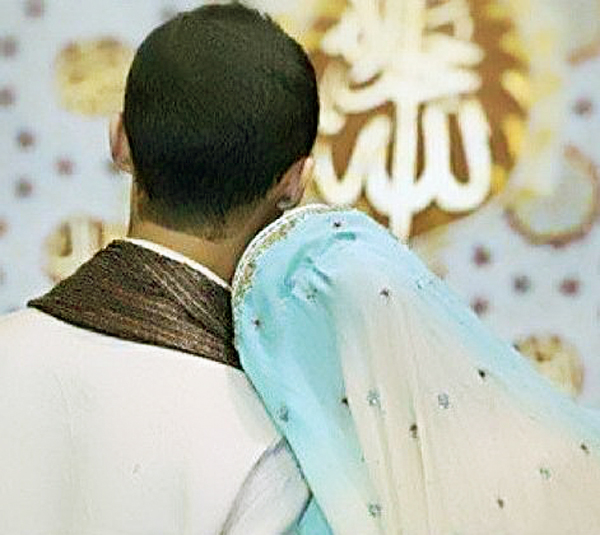Early Muslims’ attitude to art and creative expression

In the beginning, there was art. Lots of it, in fact, in the secular space.
Consider this.
Within 30 years of Prophet Muhammad’s death in 632, there was abundant art for the secular space. The palaces and bathhouses of the Umayyads, the first Muslim dynasty (661-750), were rich with exuberant figural art.
Three Umayyad palaces – Qusayr Amra in present-day eastern Jordan, Qasr Al Hayr West southwest of the Syrian city of Palmyra and Khirbat Al Mafjar, which is north of Jericho in the West Bank – are full of frescoes and sculptures.
At Qusayr Amra, a long-robed prince is shown, enthroned and haloed, an attendant with a flywhisk standing on one side, while a richly dressed dignitary is on the other. This desert castle also has the well-known Six Kings painting, intended to drive home the victorious advance of Muslim armies.
At Qusayr Amra, there are also some faded erotic scenes.
On the façade of Qasr Al Hayr West stands a crowned man dressed in Sasanian style.
At the gate to the bathhouse of Khirbat Al Mafjar is a prince, dressed in Sasanian clothes, with two lions as his companions. The dome of a small room near the main bath hall has six human heads in a flower, supported by four winged horses and a procession of birds, which may have had “some kind of cosmic symbolism”. Khirbat Al Mafjar also has lots of animal sculpture – partridges, goats, winged horses, monkeys, rabbits and pig-like animals.
The Abbasid dynasty (750-1258), which followed the Umayyads, also used figural art in the decoration of palaces and houses. In continuation of the Iranian and Umayyad practice, “the walls of almost every house and every room in the palaces were covered with decorated and painted stucco (in addition to occasional marble panels)”.
Then there was the art that featured in Muslims’ daily lives. Domestic objects artistically (and often, realistically) portrayed living creatures. Yellow bronze incense burners in the shape of a bird of prey were characteristic in the Umayyad period.
The attitude was so non-judgemental that in the late ninth century, much of Baghdad queued to see a brass statue of a Hindu goddess from India. Historian Al Masudi noted that “the people nicknamed the idol Shughl – ‘a Hard Day’s work’ – because everyone stopped what work they were doing to go and see it during the days it was on view’.”
Tomorrow: Early Muslims’ attitude to art in the sacred space

